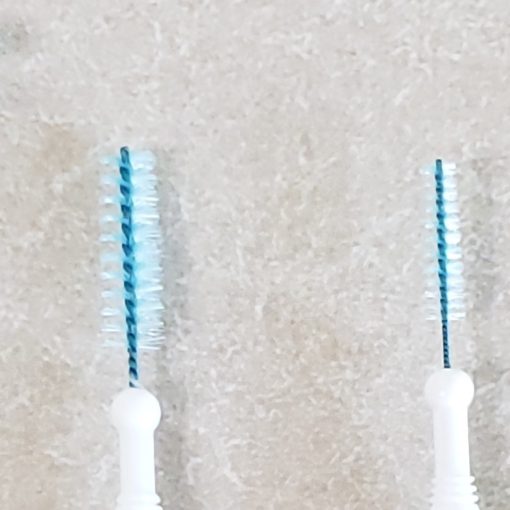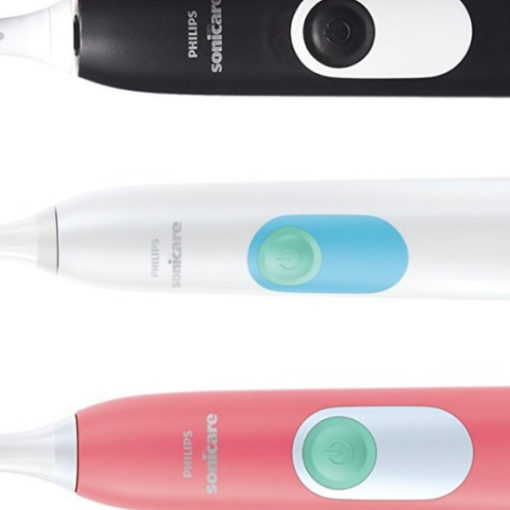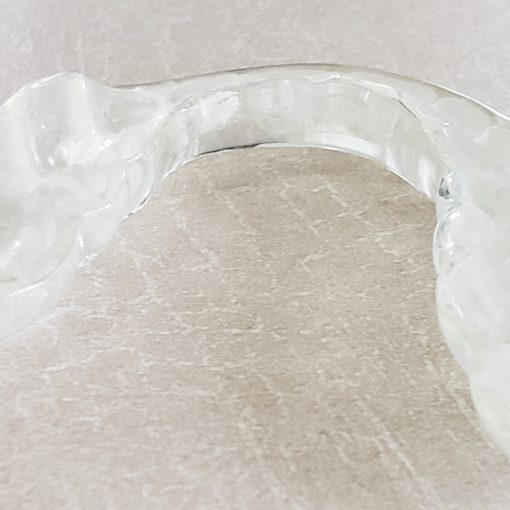Toothprints™
Toothprints™ is a dental identification kit. It is used to identify anyone with teeth. It’s a simple procedure that can be done at home or in a dental setting. Along with collecting fingerprints, and visual data missing children organizations use versions of these Toothprints™. It also captures saliva for scent dogs to use to help identify a person.
It’s simple to use:
Soften the wafer
Place it on the lower teeth
Bite down on it for 20 seconds and wah-lah an impression is made
Let it cool for 2-3 minutes
Place it in the bag that was provided with the identification information filled in
Freeze and hope it never needs to be used.

The recommended years to use this kit is at 3, 7, and 13. These are the dental phases of change. At three years old is when all the primary teeth have erupted and stays that way until about 5-7 years old. At seven years of age, it’s mixed dentition, meaning there’s primary and permanent teeth. This is the about the age when the first molars are present, and the four permanent upper and lower front teeth are present. Then there’s a few years when nothing is happening to the teeth until about 9-12 years of age, after the rest of the primary teeth have fallen out. By 13 years of age the rest of the permanent teeth have erupted along with the second molars to complete the final dentition.
This actually is a beneficial identification tool to have on hand at any age. If there’s any change in teeth such as new restorations, extractions, or after orthodontics would be a good ideal in having this done. Unlike radiographs which are two-dimensional, Toothprints™ are three-dimensional and provide more identifying features. With preventative care being regularly practiced, such as fluoride and sealants, the results are less decay and fillings on children. With the lack of “chartable” identifying information this makes it harder to identify children through dental records. Another advantage with having Toothprints™ are they are stored at home, and readily available after disasters. Some disasters such as fires or mother nature events (hurricanes, tornadoes, flooding), could wipe out a dental office and may delay or delete access to dental records. Any mass event such as earthquakes, shootings, or terrorism where hundreds of people need to be accounted for, having their own identification kit will help the identification process for the missing or forensics protocol. This device is like insurance it’ll come in handy if you ever need it but hope to heck you never have to use it.





